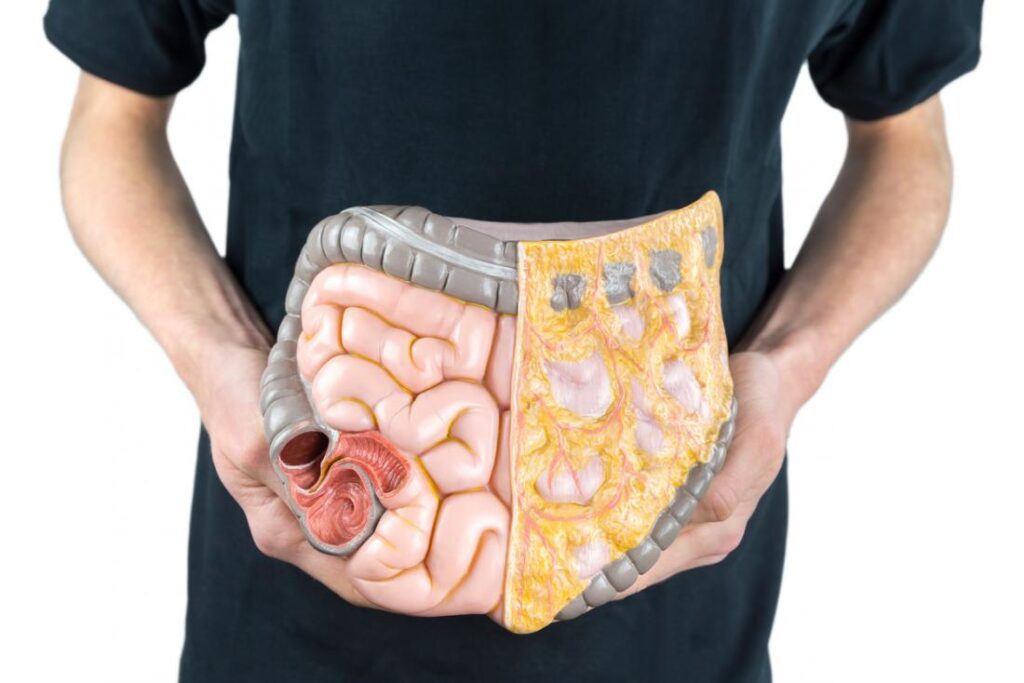Steak, a beloved staple in many diets around the world, is not just a source of flavor but also a complex food that undergoes a fascinating journey through the human digestive system. Understanding how your body processes steak can enhance your appreciation for this protein-rich food and provide insights into nutrition, health, and digestion.
The Composition of Steak
Before delving into the digestion process, it’s essential to understand what steak is made of. Steak primarily consists of proteins, fats, vitamins, and minerals. The protein content varies depending on the cut, but generally, steak is rich in essential amino acids, which are vital for muscle repair and growth. Fats in steak can be saturated or unsaturated, and they play roles in energy provision and nutrient absorption. Vitamins such as B12, along with minerals like iron and zinc, are also abundant in red meat.
The Digestive Process: A Step-by-Step Guide
The digestion of steak begins the moment it enters your mouth. The entire process can be broken down into several stages, each with its timeline.
1. Mouth (0-5 Minutes)
Digestion starts in the mouth, where the mechanical process of chewing breaks the steak into smaller pieces. This increases the surface area for enzymes to act on. Saliva, which contains the enzyme amylase, begins the process of breaking down carbohydrates, although steak is primarily protein and fat. The act of chewing also stimulates the production of gastric juices in the stomach.
2. Esophagus (5-10 Seconds)
Once swallowed, the steak travels down the esophagus in a process called peristalsis, which involves rhythmic contractions that push the food toward the stomach. This part of the process is relatively quick, typically taking only a few seconds.
3. Stomach (2-4 Hours)
Upon reaching the stomach, the real breakdown of steak begins. The stomach is an acidic environment, with gastric juices containing hydrochloric acid and pepsin, an enzyme specifically designed to break down proteins. Here, steak undergoes both chemical and mechanical digestion. The muscular contractions of the stomach mix the food with gastric juices, forming a semi-liquid substance known as chyme.
The time spent in the stomach can vary based on several factors, including the fat content of the steak, the presence of other foods, and individual digestive health. For steak, this can take anywhere from two to four hours.
4. Small Intestine (3-5 Hours)
After the stomach, the chyme enters the small intestine, where most nutrient absorption occurs. The pancreas secretes digestive enzymes like lipase (for fats) and trypsin (for proteins), while the liver produces bile, stored in the gallbladder, which helps emulsify fats. The small intestine is divided into three parts: the duodenum, jejunum, and ileum.
- Duodenum: How long does it take for steak to digest. The presence of steak triggers the release of bile and pancreatic enzymes, which continue to break down proteins and fats.
5. Large Intestine (Colon) (12-48 Hours)
Once the nutrients are absorbed, the remaining waste moves into the large intestine. Here, the body absorbs water and electrolytes, and beneficial bacteria further break down any undigested food particles. The time spent in the large intestine can vary widely, usually ranging from 12 to 48 hours, depending on various factors like fiber intake, hydration, and individual gut health.
Factors Affecting Digestion
While the general timelines for digestion are outlined above, many factors can influence how quickly or slowly your body processes steak:
- Type of Steak: Lean cuts like sirloin may digest more quickly than fattier cuts like ribeye due to the lower fat content.
- Preparation Method: Cooking methods can affect the digestibility of steak. For instance, well-done steak may be tougher and more challenging to digest compared to medium-rare.
- Accompaniments: Eating steak with high-fiber foods (like vegetables) can influence transit time through the digestive tract.
- Individual Variability: Each person’s digestive system is unique. Factors such as age, health conditions, and overall diet can all play a significant role.
Summary
Understanding how your body processes steak reveals the intricate mechanisms of digestion and the essential role that this popular food plays in nutrition. From the initial bite to the final excretion, each step in the digestive process is vital for nutrient absorption and overall health. While the process can vary from person to person, being mindful of how steak interacts with your body can help you make informed dietary choices, ultimately enhancing your enjoyment of this delicious protein source. Whether you savor it grilled, pan-seared, or roasted, knowing what happens inside your body when you eat steak adds an extra layer of appreciation to each meal.

